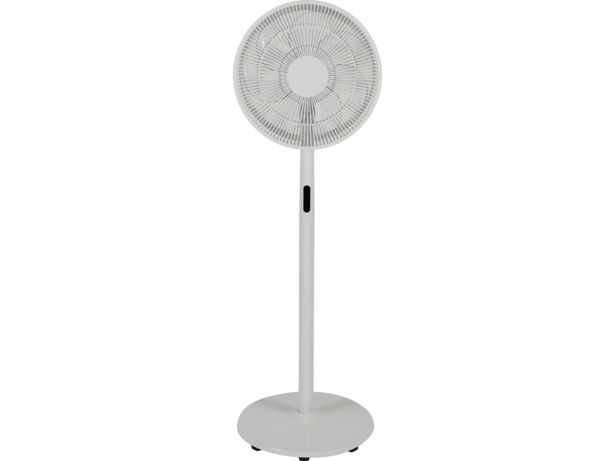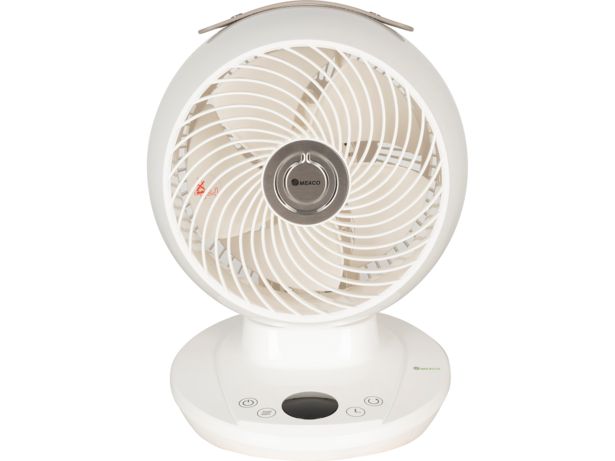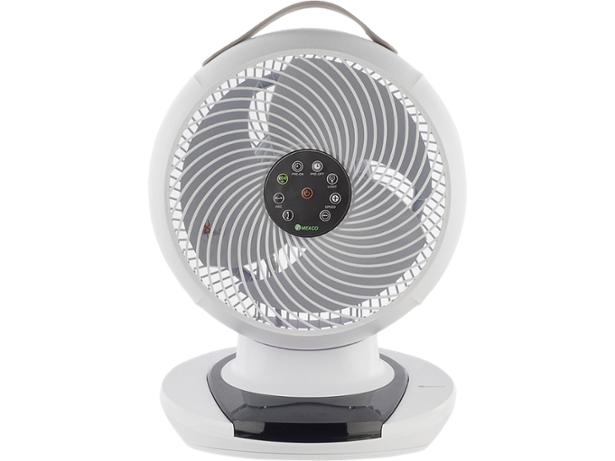Don't Buy electric fans

Don’t Buy-rated electric fans offer minimal range of air speeds, and can be either too strong or weak, as well as noisy, energy-guzzling and fiddly to use or set up.
Our tough lab tests uncover the electric fans which may let you down and highlight the ones you should avoid.
Join Which? to find out which electric fans we've named as Don't Buys.
Be inspired to make home improvements. Sign up for our Home newsletter – it's free monthly
What makes a Don't Buy electric fan?
The ability to provide a pleasant breeze is the key measure of a good electric fan and poor performance here could mean a fan becomes a Don't Buy.
The worst ones will struggle to provide a suitable breeze. Nobody wants a weak fan you can barely feel is working on a sweltering day. Nor do you want one that blows papers off your desk or makes you feel like you're standing in a wind tunnel. The worst fans won't offer a decent choice of air speeds to suit you.
But it's not just about air speeds. Our lab experts measure the noise levels on both the lowest and highest fan setting so you can compare with other models or typical everyday sounds. The incessant drone, whine or loud whirr of a noisy fan will be very distracting if you're trying to sleep, watch TV or work.
A shoddily built fan that keeps toppling over can be a nightmare so we carry out a test to see how easily each one we test will tip over and if it cracks or breaks when this happens. The worst fans will become dented or parts will break off, which can affect how they function.
Whether a model is cheaper or more expensive, your money will be wasted if the product isn't very good. That's why reading our reviews is so important.
We've tested lots of electric fans to find the best for different households and to suit a variety of budgets.
Our electric fan reviews can help you compare models and find the best one for you.

How we test electric fans
Which? is independent - we work for you, the consumer, so you can be sure our product recommendations are influenced only by our test results.
We're not influenced by third parties and we don't accept freebies from product manufacturers or retailers. We buy all the products that we test and send our electric fans to laboratories to be tested by experts in this field.
Which? has reviewed electric fans from brands including Meaco, Dimplex, Dyson and Challenge to help find the best electric fan for you. Our in-depth testing means we can recommend those fans that offer a comfortable breeze without making a racket or using lots of energy.
Our final scores for each electric fan are based on:
- Performance This includes the range of air speeds, how well it ventilates a room, how pleasant the breeze is and how noisy it is
- Ease of use This looks at how easy the fan is to assemble or set up, how accessible the controls are and whether it's simple to wipe down or clean
- Features We check if there are any useful features such as oscillation, timers and remote controls
- Construction quality and stability This looks at whether the fan can be left to operate without the risk of it tumbling over or tipping to easily if you brush past it, plus if it breaks easily if dropped.
- Power consumption We measure power use at low and high speeds and whether an oscillation feature increases power use.
Our evaluation of our testing results factors in whether the fan is a desk fan or a tower or pedestal fan and weights different elements of the test accordingly.
For further information read our guide on how we test electric fans.























